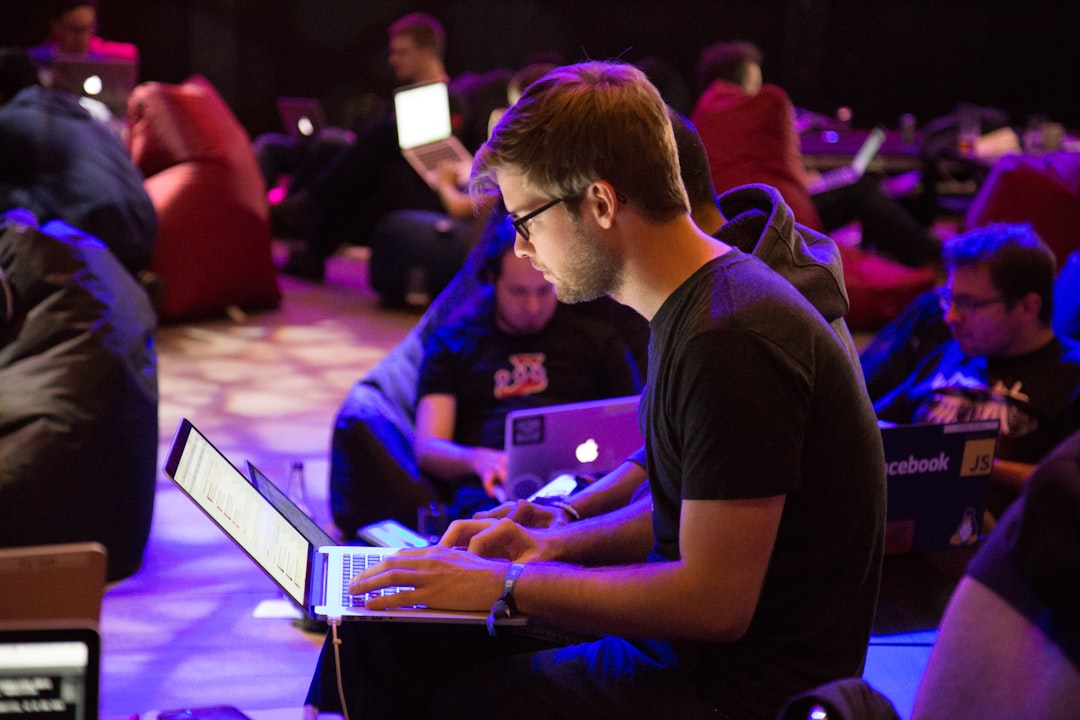What is it about?
Action research (AR) is a research style that attempts to empower participants in studies by bringing them and their larger community into the research as equal partners with the researchers. We have attempted to hear the voice of students in a university calculus-based E&M studio physics class in their own learning, through one-on-one student/TA conferences, soliciting student ideas, surveys, and more. We also attempted to work with other faculty members, TAs, and undergraduate supplemental instructors. Our paper discusses some of our successes and barriers, and potential strategies for improvement in the future.
Featured Image
Why is it important?
From a physics point of view, our work is important because reform of college physics classes is popular, but it takes more than just a change in lectures to engage students, we also need to approach students as whole people and honor their individuality. Studio physics is one small start at reforming college physics, but we need to go further. From an education point of view, partnerships are a key aspect of teaching, however there is a dearth of studies related to student/TA mentoring and conferences (rather than student/teacher), and an even bigger lack of studies along these lines in science content area (rather than, for example, English).
Perspectives
I think this paper would be particularly interesting to physics faculty. The research style of action research (AR) is a next step after reflective practice or the scholarship of teaching and learning (SOTL), and thus is a way for any teacher to begin studying their own classroom. This sort of work is hard though, and this paper discusses not only the ways in which we succeeded, but also the challenges we faced.
Andria C Schwortz
University of Wyoming
Read the Original
This page is a summary of: Mentoring partnerships in science education, Educational Action Research, October 2016, Taylor & Francis,
DOI: 10.1080/09650792.2016.1221838.
You can read the full text:
Resources
Contributors
The following have contributed to this page










